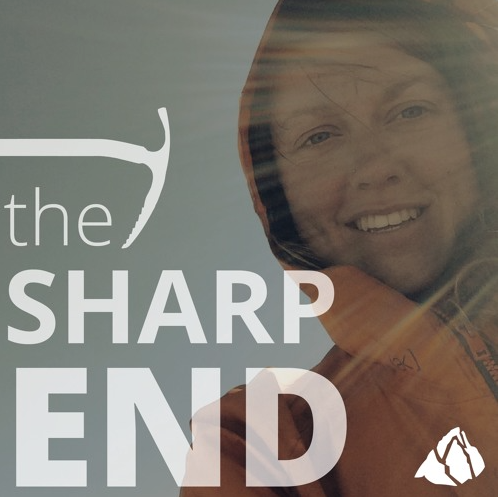Leader Fall on Rock — Placed Inadequate Protection
Montana, Beartooth Mountains, Granite Peak

On August 13, I (Adam M. Clark, 42) was guiding three clients up the east ridge of Granite Peak, a route consisting mostly of broken 3rd- and 4th-class alpine rock, with a few steep, short pitches of low 5th class. The weather was nearly perfect. We were about 400 vertical feet below the summit. I have guided this route multiple times and typically take a belay from clients when leading three or four short pitches. We had just completed a pitch of 5.5, and the three clients were all secured at the anchor. I got put on belay again and began leading up and right on the next pitch (5.4).
We were a little bit behind on time, and I was climbing fast. My belayer had some trouble paying out adequate slack. I slowed down and provided some coaching on feeding rope. I placed a solid cam after 15 to 20 feet of easy ground, having traversed slightly up and right from the belay. Another 15 to 20 feet up, I came to a steep and somewhat awkward move and tried placing another cam. I could not find a solid placement, so I re-racked the piece and kept climbing. At some point I fell. I do not remember the exact moment I came off the rock, nor the fall itself, due to a subsequent head injury.
My next recollection was slowly coming out of an unconscious state. I could not see but could hear one of my clients calling my name. I was struggling to breathe. Slowly I regained consciousness and realized I had fallen about 50 feet and impacted plenty of rock on the way down. I was now hanging on the rope. I was doubled over in my harness, level with but 20 feet to the side of my clients. My breathing and vision improved as I sat up. One of my clients was texting and told me he had already hit SOS on his inReach, contacted a SAR team, and was coordinating a helicopter evacuation. He told me I had been mostly unresponsive for 15 to 20 minutes.
I soon became fully alert and oriented, and I took stock of my injuries. A large laceration in my left eyebrow was bleeding. Later, in the hospital, I learned that I had chipped an orbital bone in this spot just under my helmet. I had minor fractures on one rib and the bottom left side of my pelvis. My right shoulder was separated. I had a large contusion on my left hip and several lacerations on my legs. The worst injuries were several small fractures to my left wrist; my hand was dislocated about an inch sideways.
The client who caught me had learned to belay only two days prior, during a training session. The one cam I had placed had held. I tensioned off this piece to join my clients at the anchor and clipped in. The four of us were on a very small ledge and crammed into a tight corner. Rescue would be difficult from there, and I decided that we should descend to a large ledge about 65 feet below. Fortunately, a couple of other parties were descending the route at that time, and one of them lowered all of us to the ledge. There we could unrope and tend to my injuries. The Gallatin County Search and Rescue helicopter arrived within an hour and hauled all four of us off the mountain.
ANALYSIS
Months later I still have no memory of the fall and cannot say exactly how I came off the rock. A hold may have broken, or I may have simply slipped. Regardless, haste was a contributing factor. My familiarity with the route led to some complacency. I began to rush and did not protect the pitch adequately. Instead of taking a few minutes to find more gear, I kept climbing, to save time and keep the team moving.
Many non-guided parties solo this route, only using a rope to rappel. Some don’t bring a rope at all and consider Granite’s east ridge a “scramble.” Not that long ago, I skipped belays on similar terrain because I was “comfortable with it.” I know many other guides and climbers who have done the same. I am very grateful for taking a belay that day.
I want to thank my client for initiating the rescue on his inReach. We were very fortunate to have that device in his pack, and he made the right decision to call for help right away when I was still unconscious. (Source: Adam M. Clark)

